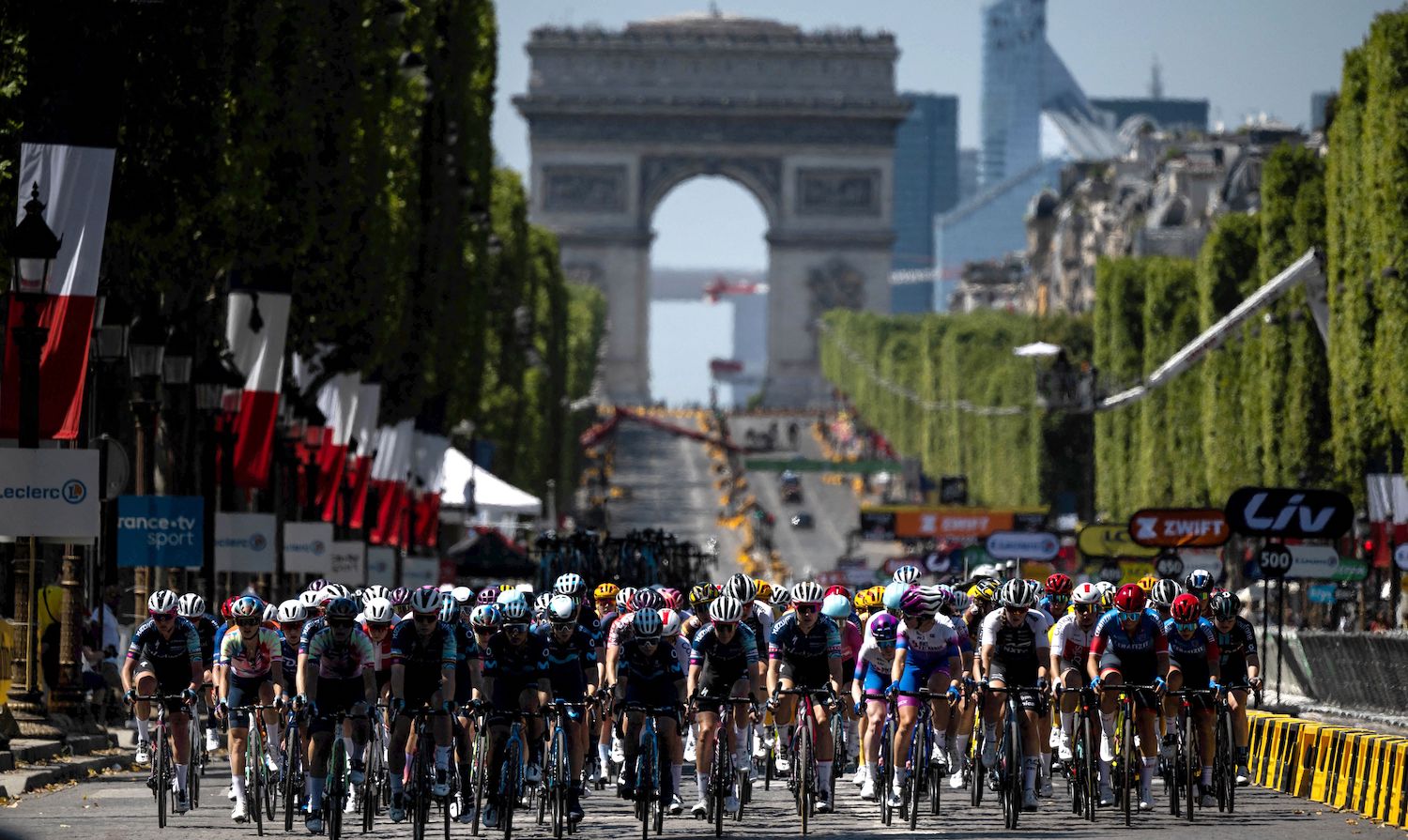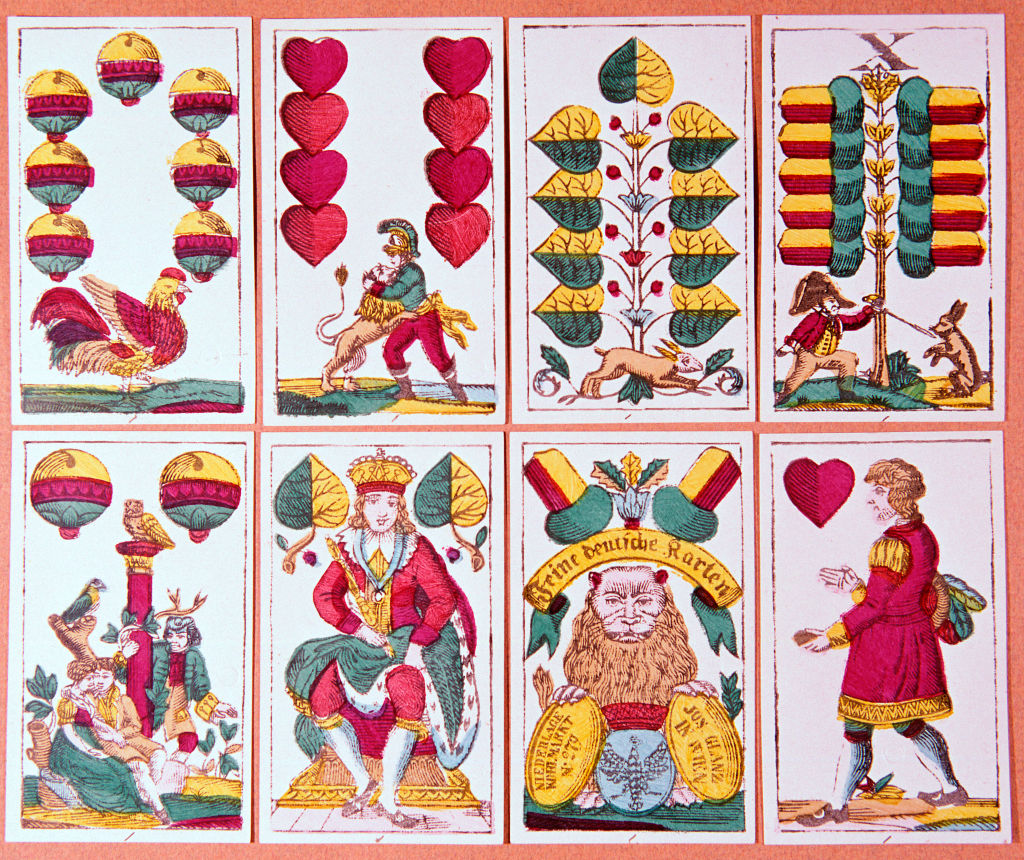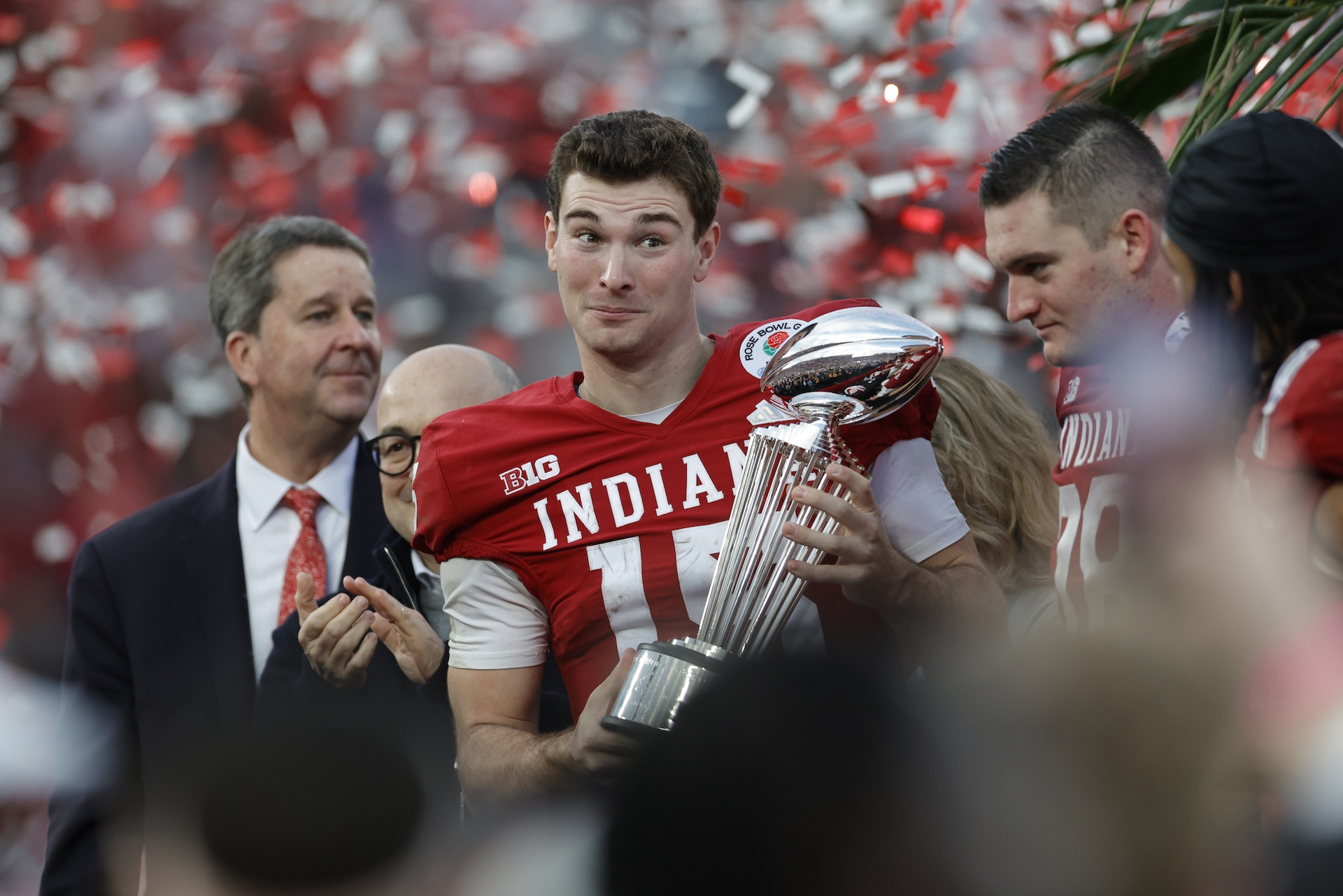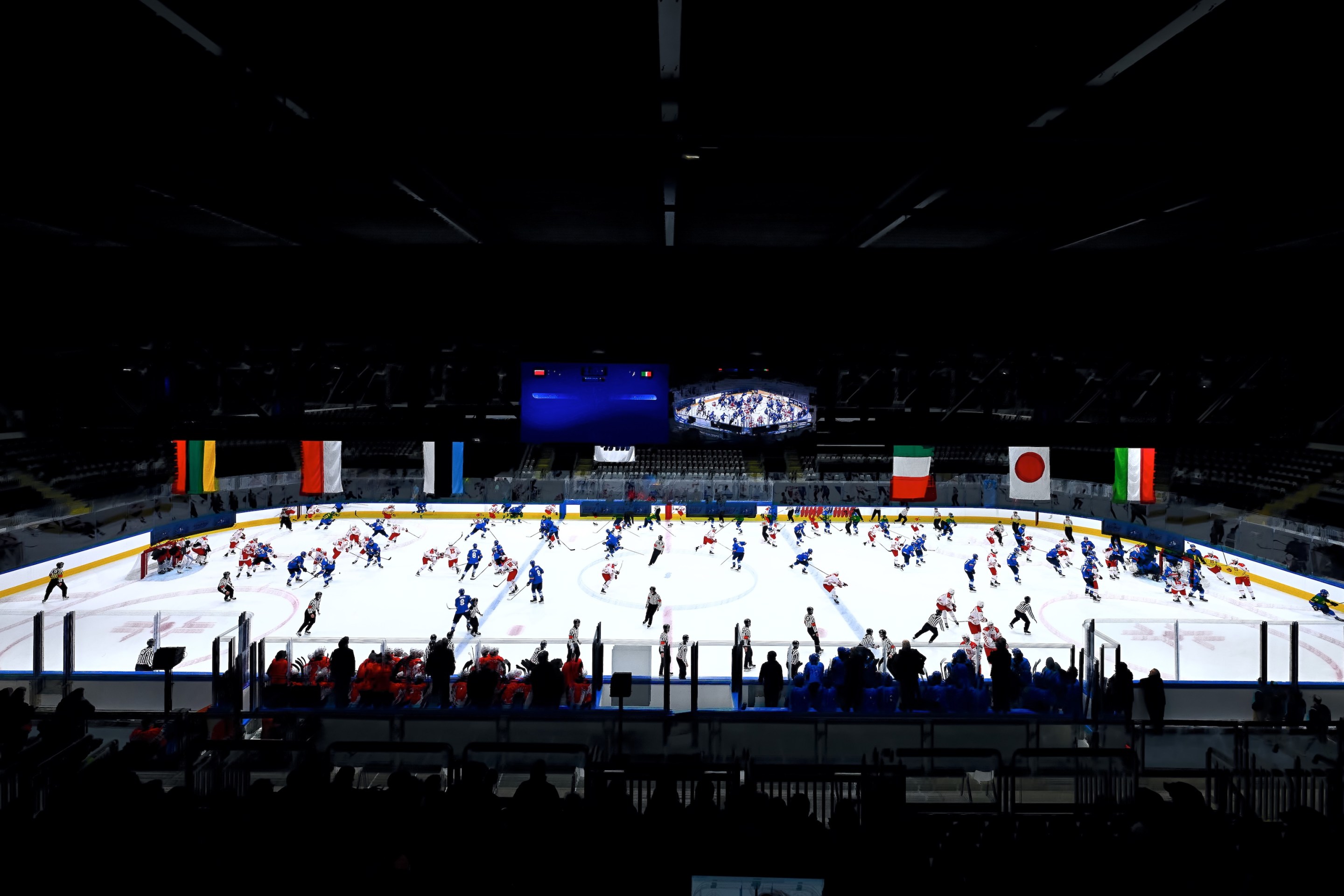For the first time since 1989, the organizers of the Tour de France tried out a radical idea last month: a real Tour de France for women. The 2022 Tour de France Femmes wrapped up this past Sunday, with Annemiek van Vleuten winning the final two stages and the yellow jersey. It was wildly popular, both on the road and through TV, affirming the case made by the women who fought for a Tour of their own for almost a decade.
The success of the 2022 race is especially impressive when one considers the frustrating history of efforts to organize a women's Tour de France. The Amaury Sports Organisation, which organizes the Tour, and the UCI, which runs cycling, have spent the better part of seven decades furnishing generation after generation of star racers with excuses about why they didn't deserve an opportunity on cycling's biggest stage. The first women's Tour de France was organized in 1955 by sports journalist Jean Leulliot, a real piece of shit who said after the race wrapped, "I will never organize this race again because women are different from men. They talk too much in the peloton and that is not normal. In addition, once the racing is over, they do not rest as they should but fatigue their legs by going shopping."
Three decades went by without a women's race, until Tour de France race coordinator Félix Lévitan engineered an 18-stage race for the women's peloton in 1985. But the race ran into trouble almost immediately. Later that year, the UCI ruled that women's stage races had to be capped at 12 stages, and two years later, the ASO fired Lévitan. The ASO failed to adequately support the women's Tour, and the renewed race only lasted through 1989.
Though the women's peloton got to race ASO-organized stage races in France in the subsequent 33 years, there is a meaningful difference between flimsy stand-in substitutes, like the ill-fated Grande Boucle Féminin Internationale, and the Tour de France. The men's race is the only event on the cycling calendar that breaks out into the mainstream; I'd venture that most casual Tour de France watchers have not sought out the Ronde van Vlaanderen or Paris-Roubaix. Cycling is a sponsorship-driven sport, and why would sponsors pony up serious cash to sponsor a women's Tour de France if they weren't going to get access to the only race that matters in the whole sport?
The ASO felt the pressure in 2013 after 11-time World Champion Marianne Vos, longtime pro Kathryn Bertine, three-time British time trial champion Emma Pooley, and four-time Ironman champion Chrissie Wellington started a petition in which they laid out a clear case for a Tour de France. After the petition gained attention and people started to ask the obvious question of why the stars of the women's peloton didn't get to race the Tour, the ASO finally agreed to hold La Course by Le Tour de France in 2014, a one-day race for the women's peloton held on the final day of the men's race (the 2017 race was two stages long, but the ASO only gave the experiment one year). The ASO's agreement was heavily compromised, and despite impressive viewership and calls for an expanded race, it refused to take any steps towards making the race more than a token gesture. The women's peloton was happy to be able to race on the Champs-Elysees, but never fooled into thinking it was the real thing. The ASO reneged on verbal agreements to add more stages to the race, and told riders who wanted them to seek more sponsors for the race to simply do that work themselves, for free.
After seven years of increasing discontent with the ASO's half-measure (more of a one-21st measure), someone else saved the day for them. The online racing platform Zwift held a pair of virtual Tours in 2020, and noticed viewers were more engaged with the women's race, which turned out to be more exciting. This proof of concept convinced Zwift and the ASO to take the leap. Thus the Tour de France Femmes was born. NBC signed on to broadcast the race in the United States. The eight-stage race would start on the final day of the men's race, guaranteeing itself a springboard. Rather than end with the traditional parade stage, the women's race wound its way to a summit finish atop La Super Planche Des Belles Filles in the Vosges mountains.
The timing couldn't have been better. There's a comedown after three weeks of watching a Tour de France, especially so when the racing is as exciting as it was this year. You get used to the daily rhythm of putting the Tour on every day for three weeks and paying slow attention to all the little races within the larger race. Linking another Tour de France to the end of the men's version would prolong that enthusiasm.
It helps that the racing itself was so good. The eight stages of the Tour de France Femmes were each shorter than those ridden by the men, which made for generally more exciting racing. There were no 250-kilometer slogs through the flatlands—only short, difficult stages with no filler. Breakaways had better chances of staying away from the peloton, solo attackers had more of an incentive to blow up the race, and everyone had to race hard to stay in contact with each other. The route featured an even mix of sprint stages, intermediate stages for the puncheurs and rouleurs, and a pair of mountain stages to cap off the race. It was not a perfect course—a bunch of the riders wanted to swap the gravel stage out for a time trial—but it was varied and exciting. Lorena Wiebes established herself as the fastest woman, Vos showed off the finishing kick and killer instincts that made her the greatest women's racer of all time, Cecilie Uttrup Ludwig stole the show from Vos on one of the better-designed finishes you'll see in any race all year, and 39-year-old Annemiek van Vleuten capped off her career with an all-time asskicking to take the yellow jersey on La Grand Ballon.
Fans lined the roads everyday, and millions tuned in to watch the race at home. The ASO, which clears massive profits every year, is not holding the race out of any sense of a commitment to equality, but because it has been financially incentivized to do so. The big viewership numbers mean it can sell broadcasting rights for even more money next year, a cycle that will hopefully lead to a longer stage race with a larger prize pool. The total women's prize pool was $250,000, which is one-eighth that of the men's, and even though the Tour de France Femmes is 13 stages shorter, the prize money per stage is 29 percent the size of the men's purse. The women who fought for the Tour know that getting one race isn't a definitive victory.
"My biggest fear is that this race will stay eight days long for another eight years because it’s frightening to look at the ASO’s track record on this," Bertine told the New York Times. "They are dinosaurs who resisted this for a long, long time."






